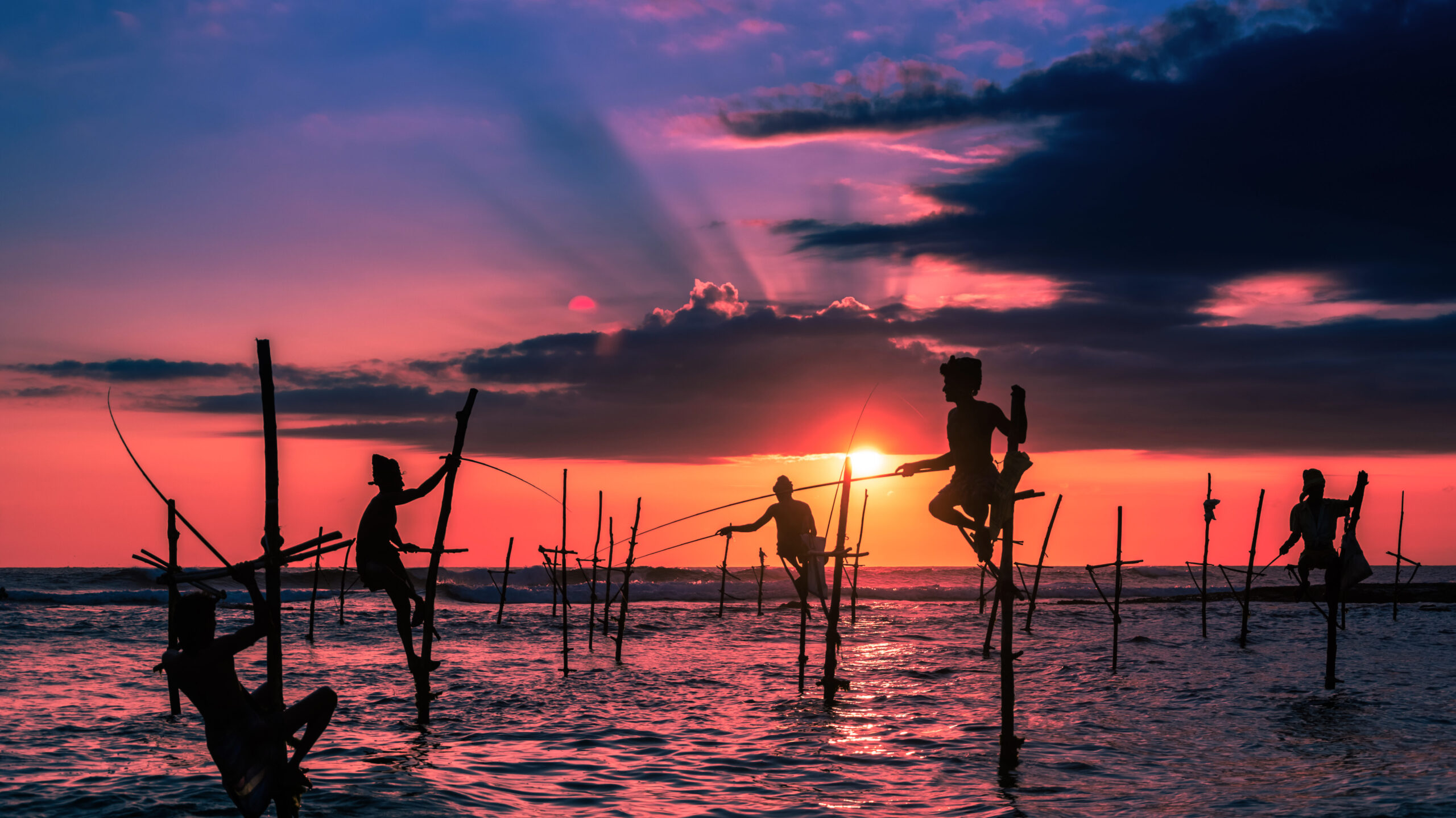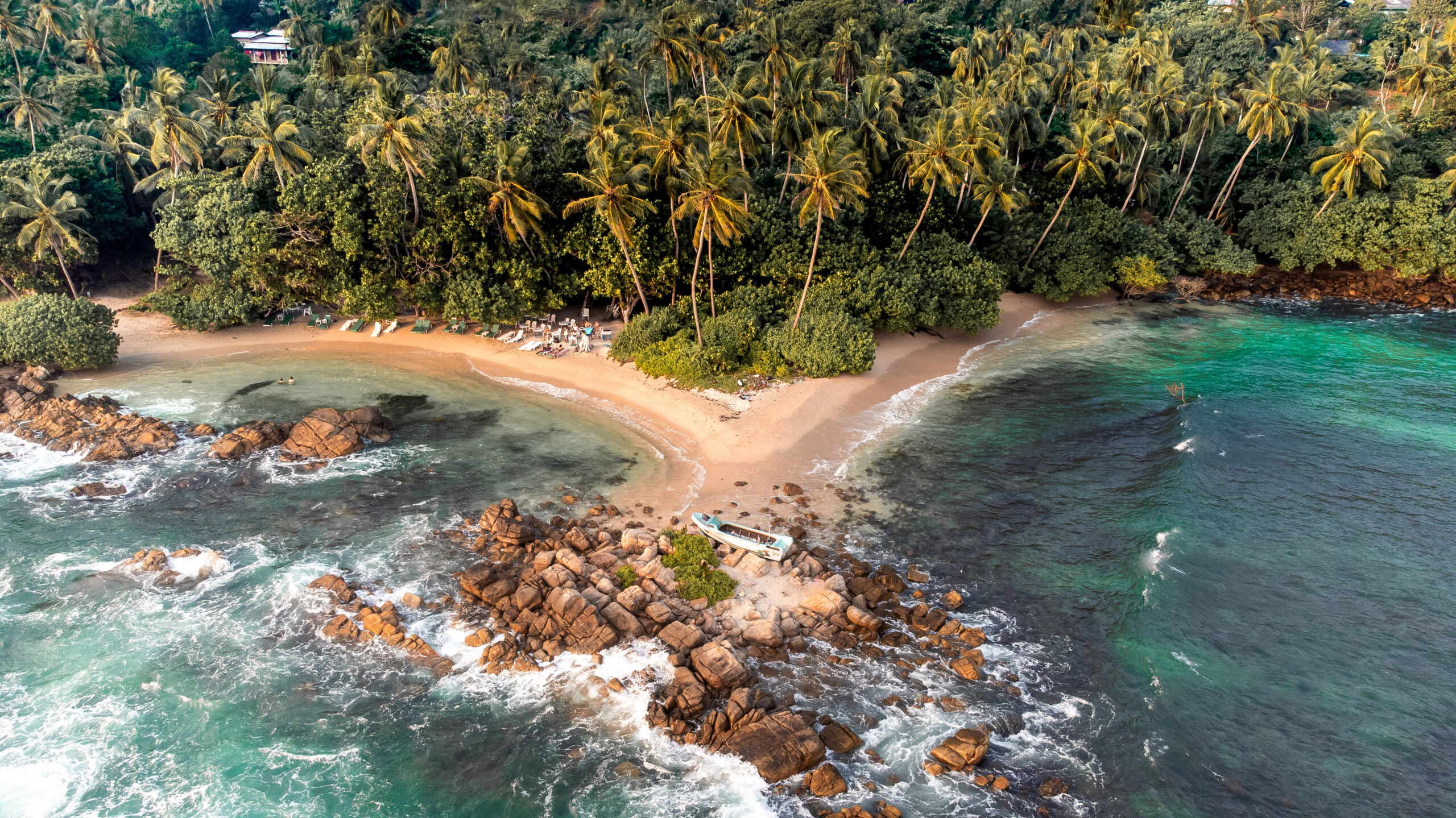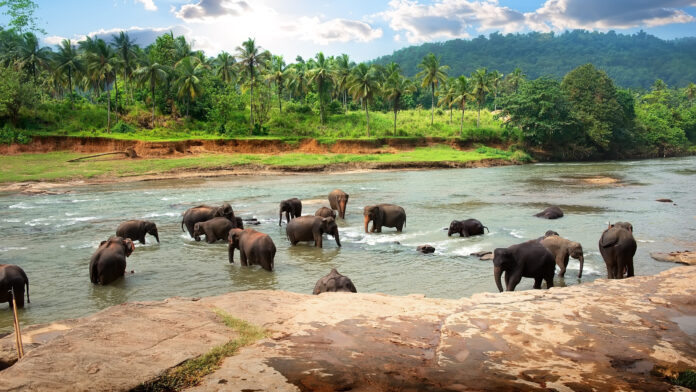A Blueprint for Eco-Tourism Zones in Sri Lanka
By The Frontpage Journal
As Sri Lanka searches for sustainable pathways to revitalise its tourism industry, a crucial conversation is emerging about where and how tourism growth should happen. In a country blessed with extraordinary biodiversity, protected forests, cultural heritage, and sensitive coastal ecosystems, the question is not whether to expand tourism, but how to manage it without eroding the very resources that make the island unique.
The solution lies in a strategic commitment to eco-tourism zones, designated areas where economic development and ecological conservation are planned together rather than treated as conflicting interests. Properly implemented, these zones can allow Sri Lanka to unlock long-term tourism value while safeguarding the natural and cultural heritage that forms the foundation of its appeal.
Sri Lanka is already known as a biodiversity hotspot. From the cloud forests of Horton Plains to the dry-zone scrub jungles of Wilpattu, the island supports species found nowhere else on Earth. Its national parks are home to leopards, elephants, sloth bears, and a vast array of endemic flora and fauna. At the same time, communities across the island depend on these ecosystems for agriculture, water, and cultural continuity. Unregulated tourism growth,
however, has begun to threaten this balance. Overcrowding in parks, illegal construction near sensitive areas, unmanaged waste, and overuse of water resources are already visible in places like Ella, Yala, and Mirissa.
Eco-tourism zones offer a proactive model to prevent further damage. Rather than reacting to problems after they arise, these zones define where eco-tourism should occur, under what terms, and with what benefits shared among stakeholders. They bring together government agencies, local communities, conservationists, and investors to plan land use, infrastructure, and visitor capacity with long-term ecological limits in mind. In doing so, they shift tourism from being a pressure point to a tool for regeneration.

The success of such zones depends on clarity of purpose and coordination. First, the government must clearly identify and map out candidate regions. These could include buffer zones around national parks, underutilised forest reserves, coastal wetlands, and rural landscapes with cultural significance. Each proposed eco-zone should be subject to environmental impact assessments, land-use planning, and stakeholder consultations. Zones
should not be driven solely by commercial potential, but by ecological sensitivity and community readiness to engage in eco-tourism.
Second, a robust policy framework is needed. This includes zoning laws that prevent high-density construction, environmental protection laws that are enforced, and incentive schemes that reward sustainable development. Tax concessions could be given to tourism ventures that meet eco-certification standards. Funding should also be allocated for conservation initiatives
and community-based tourism projects within the zones.
At the heart of any eco-tourism zone must be community involvement. Local residents are not passive observers of conservation, they are its stewards. When tourism development is led by external entities without local participation, it breeds resentment and erodes trust.
Instead, communities should be empowered to operate homestays, nature guiding services, craft markets, and farm-to-table dining experiences. Training programs in sustainable tourism, wildlife interpretation, waste management, and digital marketing can build local capacity and create pathways for youth employment.
The global appetite for eco-tourism is steadily rising. Travellers are actively seeking destinations where their presence contributes to conservation rather than undermines it. This trend is particularly strong among European and North American tourists, many of whom are willing to pay a premium for responsible travel experiences. By branding its eco-tourism zones as examples of ethical, immersive travel, Sri Lanka can gain an edge in a highly competitive global market.

The tourism sector must also embrace innovation. Smart visitor management tools, such as digital ticketing, real-time monitoring of park footfall, and geotagged route management, can prevent overcrowding and ensure carrying capacity limits are respected. Drones, satellite imaging, and AI-based conservation monitoring can help authorities track deforestation or illegal construction. These technologies are not future luxuries, they are necessities for managing growth responsibly.
Marketing efforts should also evolve. Rather than generic promotion, Sri Lanka should develop distinct identities for each eco-tourism zone. One zone might be promoted as a destination for wildlife photography and conservation volunteering. Another might focus on agro-tourism and indigenous food experiences. These niche identities allow better targeting and reduce the risk of overloading a single destination.
International collaboration can further strengthen Sri Lanka’s model. Lessons from countries like Costa Rica, Bhutan, and New Zealand demonstrate that eco-tourism can become a cornerstone of national economic strategy. Partnerships with global NGOs, universities, and ethical travel brands can bring investment, credibility, and technical know-how to Sri Lanka’s initiatives.
Eco-tourism zones should also be monitored and evaluated regularly. Metrics such as biodiversity health, community income, tourist satisfaction, and environmental impact need to be tracked in real time. A dedicated public-private task force could be established to oversee compliance, resolve disputes, and continuously update the management frameworks based on evolving realities.

For the private sector, eco-tourism zones offer a chance to build sustainable, long-lasting brands. Investors and hotel developers should consider low-footprint models: off-grid lodges, modular structures, solar energy, rainwater harvesting, and zero-waste operations. Luxury and eco-consciousness are no longer mutually exclusive. The traveller of tomorrow will reward businesses that offer authenticity and accountability in equal measure.
Ultimately, the move toward eco-tourism zoning is not just about saving trees or slowing construction. It is about redefining the role of tourism in Sri Lanka’s future. A tourism model that is aligned with the rhythms of nature, that listens to communities, and that plans decades ahead is the only model that can bring prosperity without destruction.
As the country rebuilds from economic and political crises, it must resist the temptation of short-term growth through volume-driven tourism. The future lies not in more tourists, but in better tourism. Eco-tourism zones can be the blueprint for a smarter, more balanced, and more resilient Sri Lanka.




